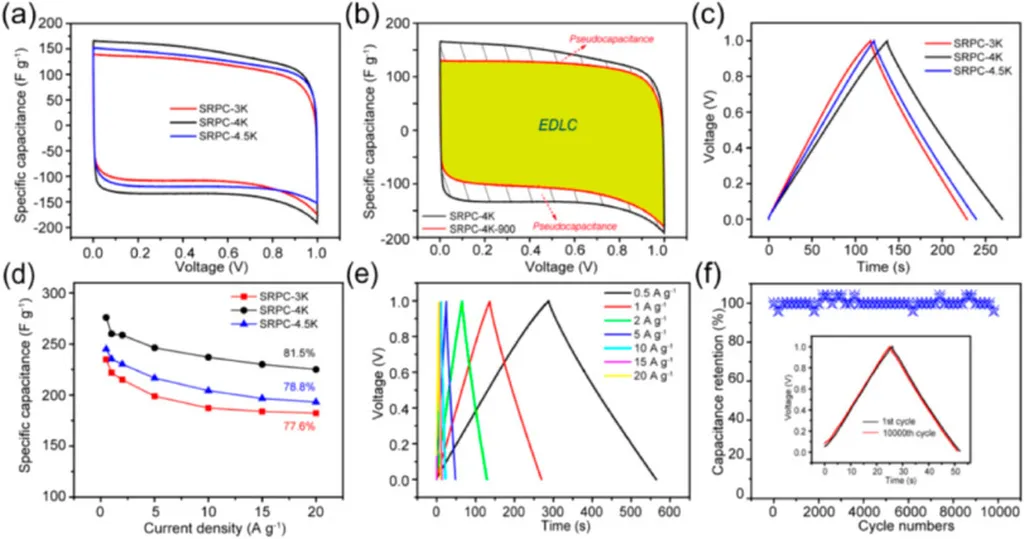In a significant stride towards sustainable energy storage, researchers have developed a simple, eco-friendly method to synthesize nanoscale carbon spheres for supercapacitor applications. The study, led by Max Krapf Costa, leverages black wattle tannin—a natural compound extracted from Acacia mearnsii—as a green precursor, offering a promising alternative to conventional, often less sustainable materials.
The research, published in *Materials Research* (translated to English as *Pesquisa em Materiais*), employs a modified Stöber method, a well-established technique for creating uniform spherical particles. “We aimed to create a simple, two-step process that could produce highly homogeneous nanoscale spheres using an environmentally friendly precursor,” Costa explains. The method involves polymerization followed by carbonization, skipping the typically energy-intensive activation step.
The resulting tannin-derived carbon spheres, while not outperforming their resorcinol-derived counterparts, still exhibit impressive properties. With a specific surface area of 457 m²/g and a specific capacitance of 66.3 F/g in aqueous sulfuric acid electrolyte, they demonstrate substantial potential. “Although the tannin-derived spheres had residual silica content due to incomplete template removal, which slightly limited their performance, they still showed promising results,” Costa notes.
The commercial implications for the energy sector are substantial. Supercapacitors, known for their rapid charge-discharge cycles and long lifespans, are crucial for applications ranging from electric vehicles to renewable energy storage. The use of black wattle tannin, a renewable and abundant biomass resource, could significantly reduce the environmental footprint of supercapacitor production.
Moreover, the simplicity of the two-step synthesis process could streamline manufacturing, making it more accessible and cost-effective. “This method opens up new possibilities for using natural, eco-friendly materials in energy storage technologies,” Costa says. “It’s a step towards more sustainable and efficient energy solutions.”
The research highlights the potential of green precursors in advanced materials science, paving the way for future innovations in energy storage. As the world increasingly turns to renewable energy sources, developments like these are vital for creating a more sustainable and efficient energy landscape.

